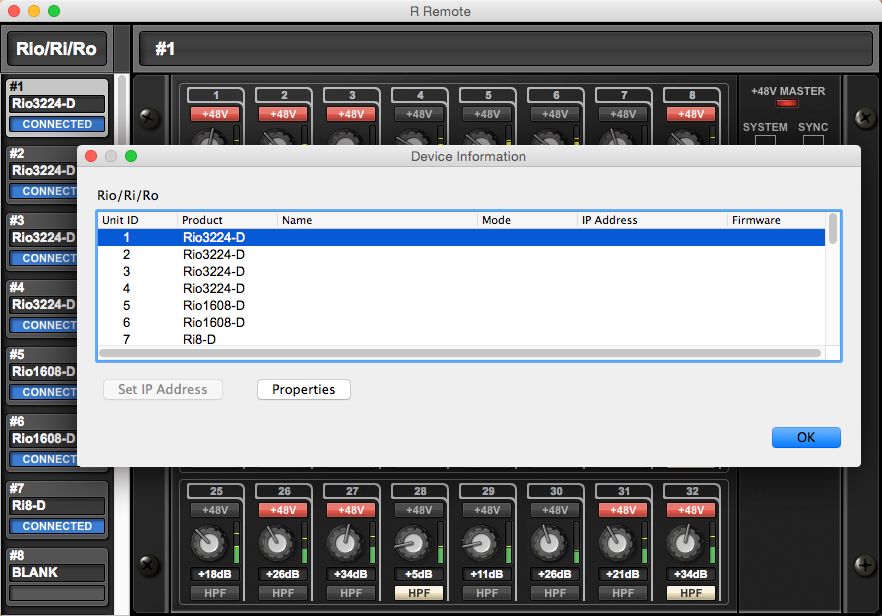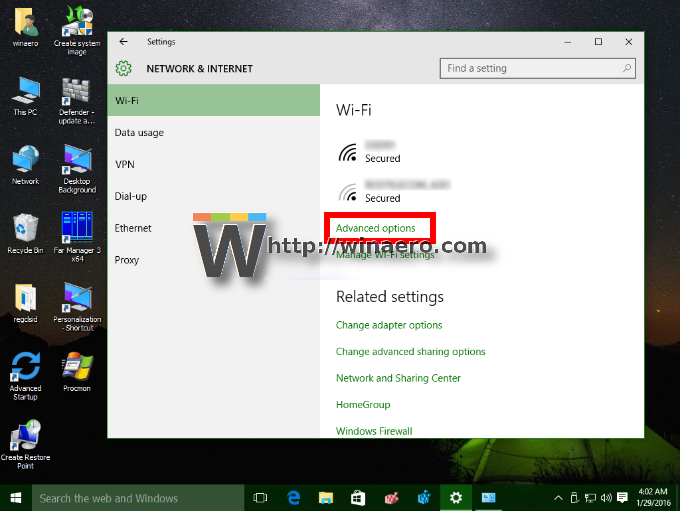In order to communicate or transfer the data from one computer to another computer we need some address. In Computer Network various types of address are introduced; each works at different layer. Media Access Control Address is a physical address which works at Data Link Layer. In this article, we will discuss about addressing in DLL, which is MAC Address.
MAC address filtering adds an extra layer to this process. Before letting any device join the network, the router checks the device's MAC address against a list of approved addresses. If the client's address matches one on the router's list, access is granted as usual; otherwise, it's blocked from joining. What is a MAC Address and What is it used for? A MAC address is a unique identification number or code used to identify individual devices on the network. Therefore, it’s also sometimes referred to as a hardware or physical address. Secure your MAC address with PureVPN’s 7-day trial for just $0.99. A media access control address (MAC address) is a unique identifier assigned to a network interface controller (NIC) for use as a network address in communications within a network segment. This use is common in most IEEE 802 networking technologies, including Ethernet, Wi-Fi, and Bluetooth. A MAC address does not change when you connect to the internet from different locations, it is part of the network interface card inside your device. A MAC address is made up of 48 bits, shown as 6 groups of hexadecimal digits. A MAC address may look like: 00 12 0E A6 B0 68. The first half of a MAC address will identify the manufacturer of the. Better To Use Computer MAC Address Then Router Address For More Security. Discussion in 'hardware' started by DasFox, May 13, 2009.
Media Access Control (MAC) Address –

MAC Addresses are unique 48-bits hardware number of a computer, which is embedded into network card (known as Network Interface Card) during the time of manufacturing. MAC Address is also known as Physical Address of a network device. In IEEE 802 standard, Data Link Layer is divided into two sublayers –
- Logical Link Control(LLC) Sublayer
- Media Access Control(MAC) Sublayer
MAC address is used by Media Access Control (MAC) sublayer of placeholder='Add your personal notes here! (max 5000 chars)'>
Recommended Posts:
Home > Articles > Cisco > CCNA Routing and Switching
␡- MAC Address Tables

Like this article? We recommend
Like this article? We recommend
MAC Address Tables
A MAC address table, sometimes called a Content Addressable Memory (CAM) table, is used on Ethernet switches to determine where to forward traffic on a LAN. Now let's break this down a little bit to understand how the MAC address table is built and used by an Ethernet switch to help traffic move along the path to its destination. We will use the graphic in Figure 1.
In Figure 1, a switch is surrounded by a number of common devices. Let's assume that all of the devices are powered on but have not sent any traffic. In this case, the MAC address table of the switch would be empty (ignoring any system MAC addresses shown in the table by default).
Now suppose PC1 wants to send traffic to the server that has a MAC address of 00:00:00:00:00:01. It would encapsulate an Ethernet frame and send it off toward the switch. The first thing the switch would do when receiving the traffic is create a new entry in its MAC address table for PC1's MAC address (PC1 -> Fa0/3). The switch would then perform a lookup on its MAC address table to determine whether it knows which port to send the traffic to; since no matching entries exist in the switch's tables, it would flood the frame out all of its interfaces (except the receiving port).

Because the frame was sent out to all of the switch's other ports, it would be received by the target server. Assuming that the server wants to respond to PC1, it would sent a new frame back toward the switch. The switch would receive the frame and create a new entry in its MAC address table for the server's MAC address (Server -> Fa0/2). It would then perform a lookup of its MAC address table to determine whether it knows which port to send the server's traffic to; in this case it does, so it sends the return traffic out only its Fa0/3 port (PC1), without flooding. Listing 1 shows what the MAC address table would look like at this point.
Listing 1—MAC address table example.
This process repeats as devices continue to send traffic to each other. An important detail to remember is that the MAC address table timeout is typically short (Cisco's default is five minutes), so an entry is left in the table itself only for that specified amount of time before the timeout expires and the entry is removed from the table.
Now we will move on to the question of how the devices get the destination MAC addresses to begin this process; in a word, ARP.
Related Resources
- Book $55.99
- Book $55.99
Mac Address What Is It Used For Cars
- Premium Edition eBook $55.99
